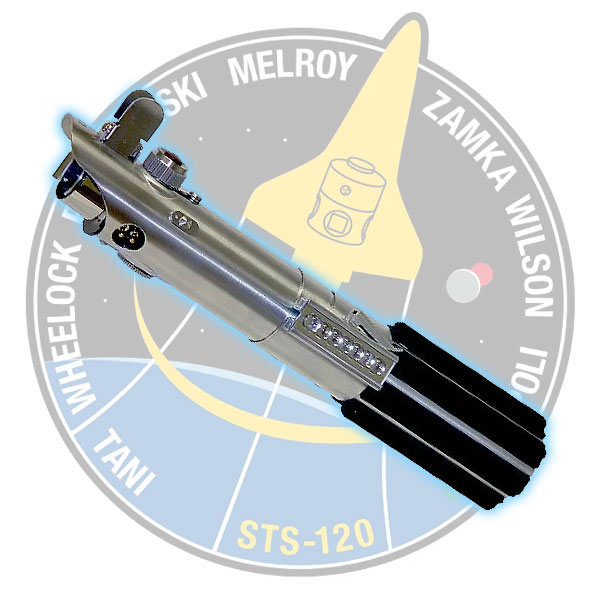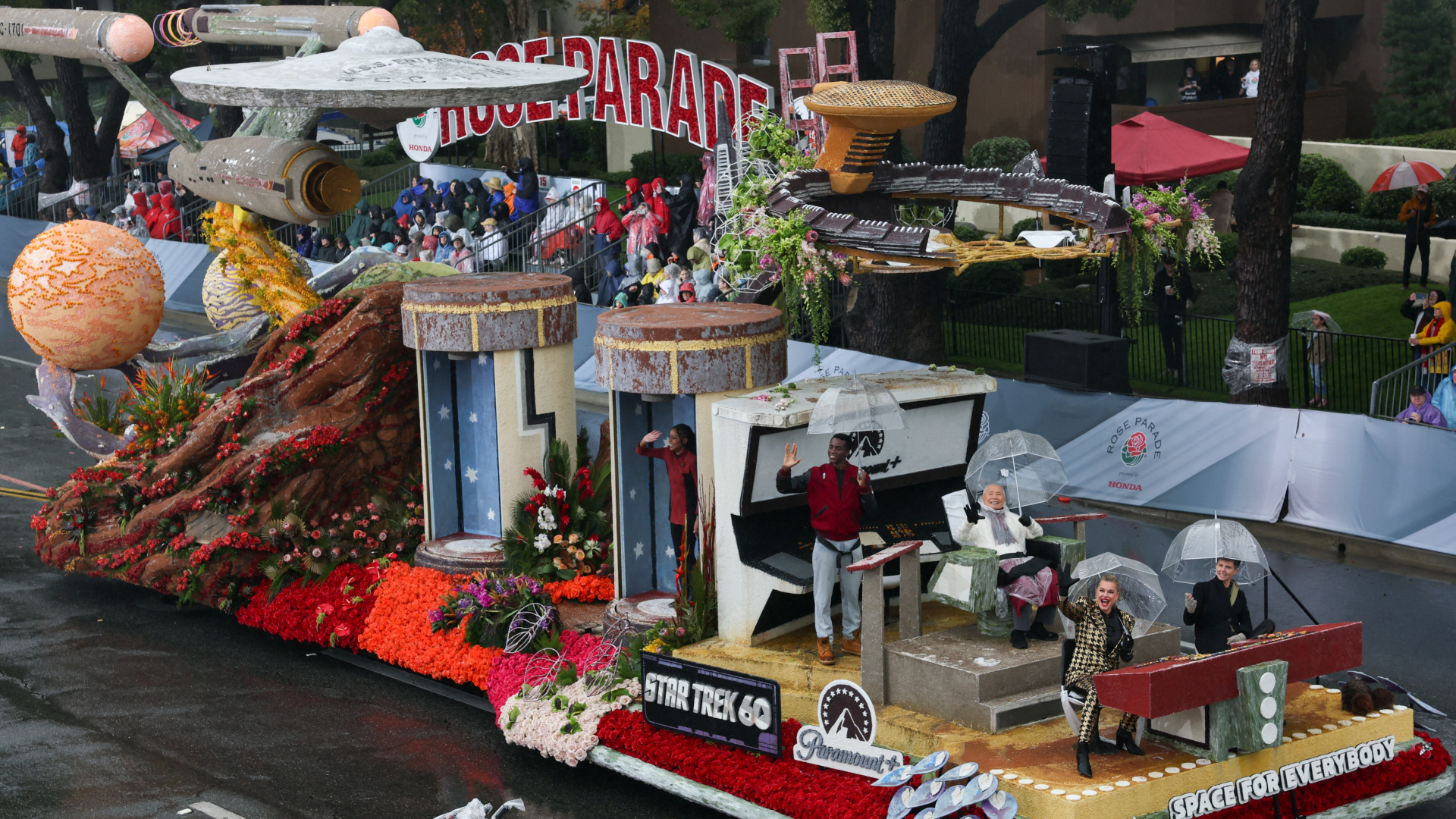NASA Shuttle to Launch Luke Skywalker's Lightsaber

When thespace shuttle Discovery launches the STS-120 astronaut crew in October, theforce will be with them.
Stowedon-board the orbiter, in addition to a new module for the International SpaceStation, will be the original prop lightsaber used by actor Mark Hamill as LukeSkywalker in the 1977 film "StarWars". The laser-like Jedi weapon is being flown to the orbitingoutpost and back in honor of the 30thanniversary of director George Lucas' franchise.
Before itcan make its trip to orbit though, thelightsaber will first fly to Houston, Texas, home of NASA's Johnson SpaceCenter, by way of Southwest Airlines and a Star Wars-studded send off fromOakland International Airport in California on Tuesday.
Chewbacca,the towering Wookiee best known from the film as Han Solo's co-pilot on theMillennium Falcon, will officially hand the lightsaber over to officials fromSpace Center Houston during a ceremony at the airport. Joining"Chewie" will be other characters from the six-part sci-fi classic,including Boba and Jango Fett and together they help push back the airplane onthe tarmac.
Once on theground in Houston, the flight will be greeted by a troop of Stormtroopers andother Star Wars notables including the droidR2-D2, who will deliver the lightsaber to a waiting line of Hummers outsidethe baggage claim of the William P. Hobby Airport. Accompanied by a policeescort, the soon-to-be real space artifact will be driven to Space CenterHouston to be exhibited inside a vault that currently displays moon rocks.
SpaceCenter Houston, as the official visitor center for NASA's Johnson Space Center,plans to publicly display the lightsaber through Labor Day, after which it willbe prepared for its launch from the Kennedy Space Center in Florida.
The lightsaberis scheduled to depart California at 10:40 a.m. PDT and arrive in Texas at 4:20p.m. CDT according to a release jointly issued Monday by Southwest Airlines,Space Center Houston and Lucasfilm.
Breaking space news, the latest updates on rocket launches, skywatching events and more!
STS-120,targeted for launch on October 23, will be led by commander Pam Melroy andpilot George Zamka. The seven-person crew is completed by mission specialistsScott Parazynski, Doug Wheelock, Stephanie Wilson and European Space Agencyastronaut Paolo Nespoli, as well as space station Expedition 16 flight engineerDan Tani. Besides the lightsaber, their primary cargo is the station's secondItalian-built U.S. multi-port nodenamed Harmony.
- SPACE.com Video Interplayer: NASA's STS-118 Shuttle Mission
- VOTE for the Best Space Movies
- Cassini's Greatest Hits: The Best from Saturn

Robert Pearlman is a space historian, journalist and the founder and editor of collectSPACE.com, a daily news publication and community devoted to space history with a particular focus on how and where space exploration intersects with pop culture. Pearlman is also a contributing writer for Space.com and co-author of "Space Stations: The Art, Science, and Reality of Working in Space” published by Smithsonian Books in 2018.
In 2009, he was inducted into the U.S. Space Camp Hall of Fame in Huntsville, Alabama. In 2021, he was honored by the American Astronautical Society with the Ordway Award for Sustained Excellence in Spaceflight History. In 2023, the National Space Club Florida Committee recognized Pearlman with the Kolcum News and Communications Award for excellence in telling the space story along the Space Coast and throughout the world.
